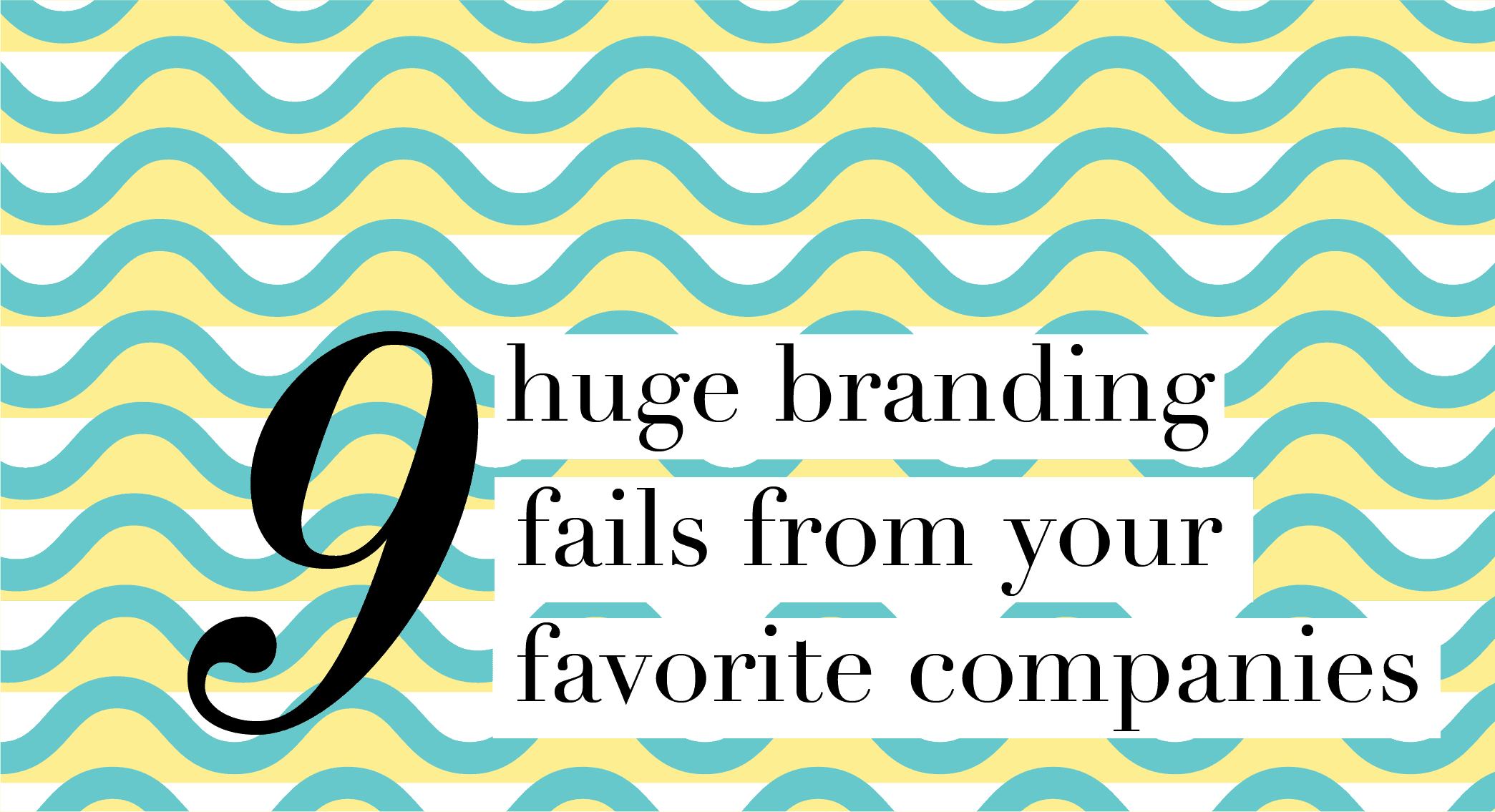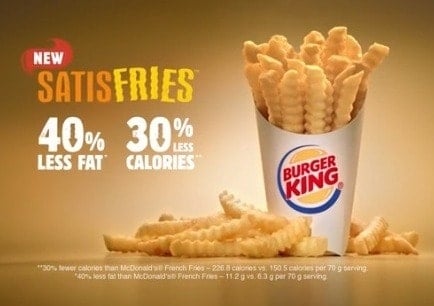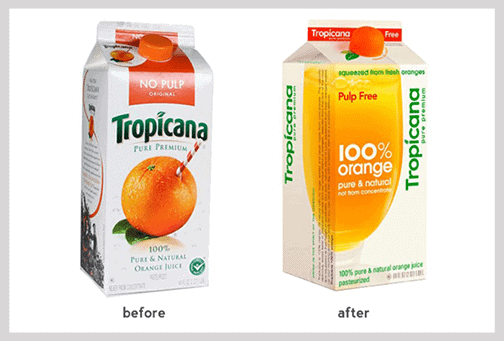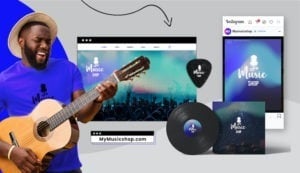Many people eat at fast food chains due to the affordability of the products, not necessarily the nutritional value of the products. To compete with lower-calorie options in other restaurants, Burger King developed a lower-calorie fry. What sounds like a move to make the chain a healthier option failed as customers didn’t know what Satisfries were or why they should choose them over regular fries. Most chains stopped selling this product less than a year after they were introduced.





